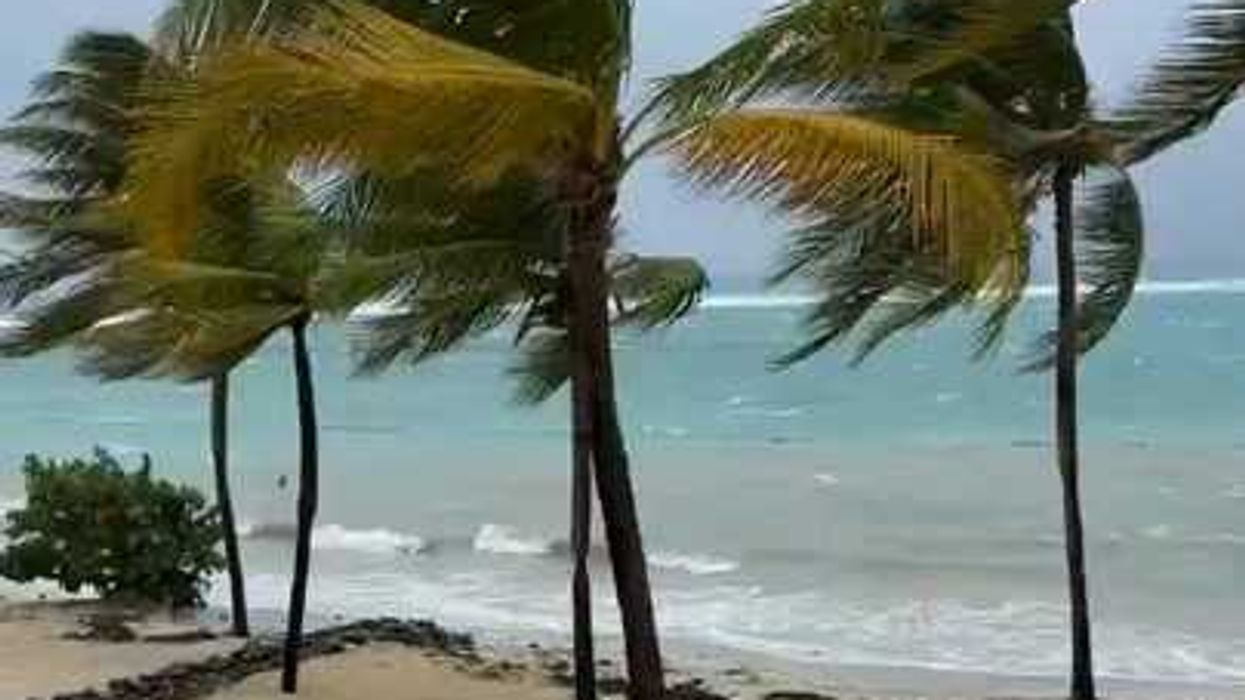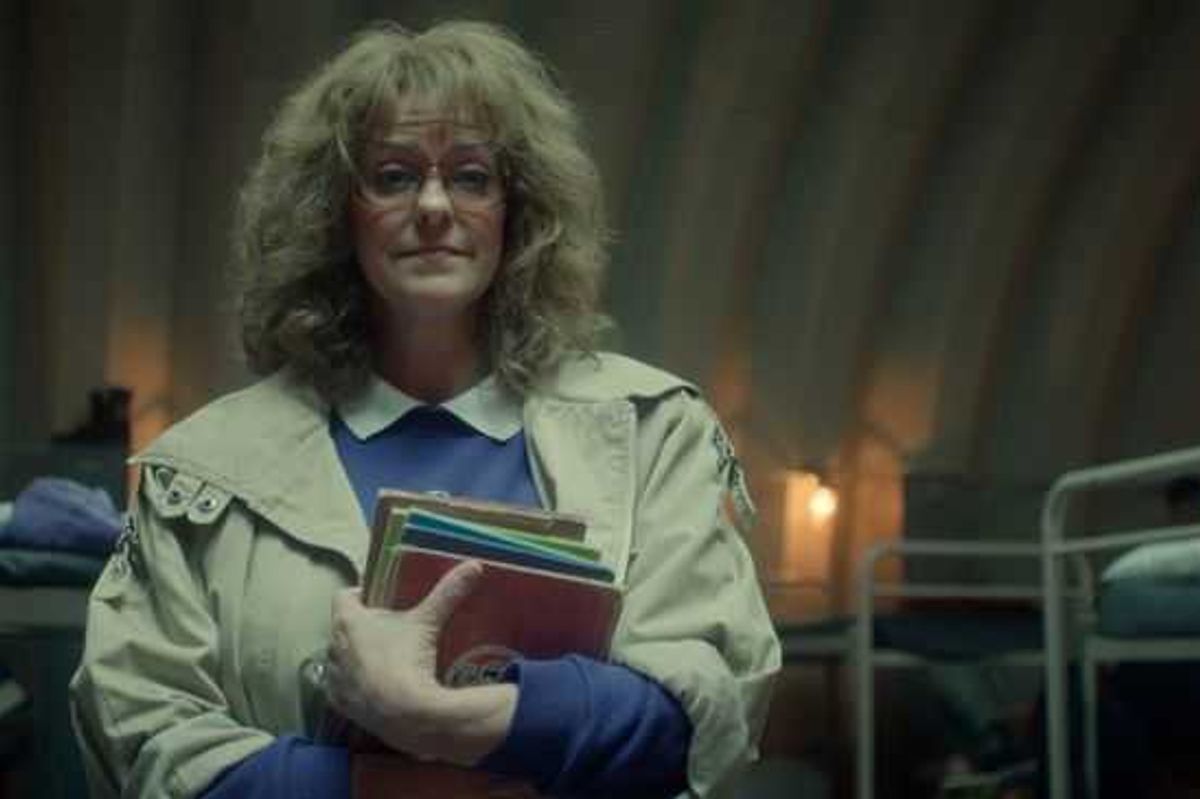Jamaica felt the wrath of Hurricane Melissa, a Category 5 storm, which made landfall on Tuesday and brought with it winds of up to 185 mph (295 kph).
Mandatory evacuations were ordered by the authorities in several high-risk areas in the southeast of the island in preparation for the storm.
There are 850 shelters across the island that can accommodate up to 20,000 of Jamaica's population, 2.8 million, as per Sky News.
Tourists visiting Jamaica have also taken to social media to share how they are stuck in the country as their flights were cancelled due to the severe weather.
"It’s a catastrophic situation expected in Jamaica," the World Meteorological Organization's tropical cyclone specialist Anne-Claire Fontan told a Geneva press briefing ahead of the storm, as reported by Reuters. "For Jamaica, it will be the storm of the century for sure."
Casulties across the Caribbean
Since the hurricane hit, at least 49 people have been killed across Jamaica, Cuba, and Haiti, with the death toll expected to rise.
How bad is Hurricane Melissa?
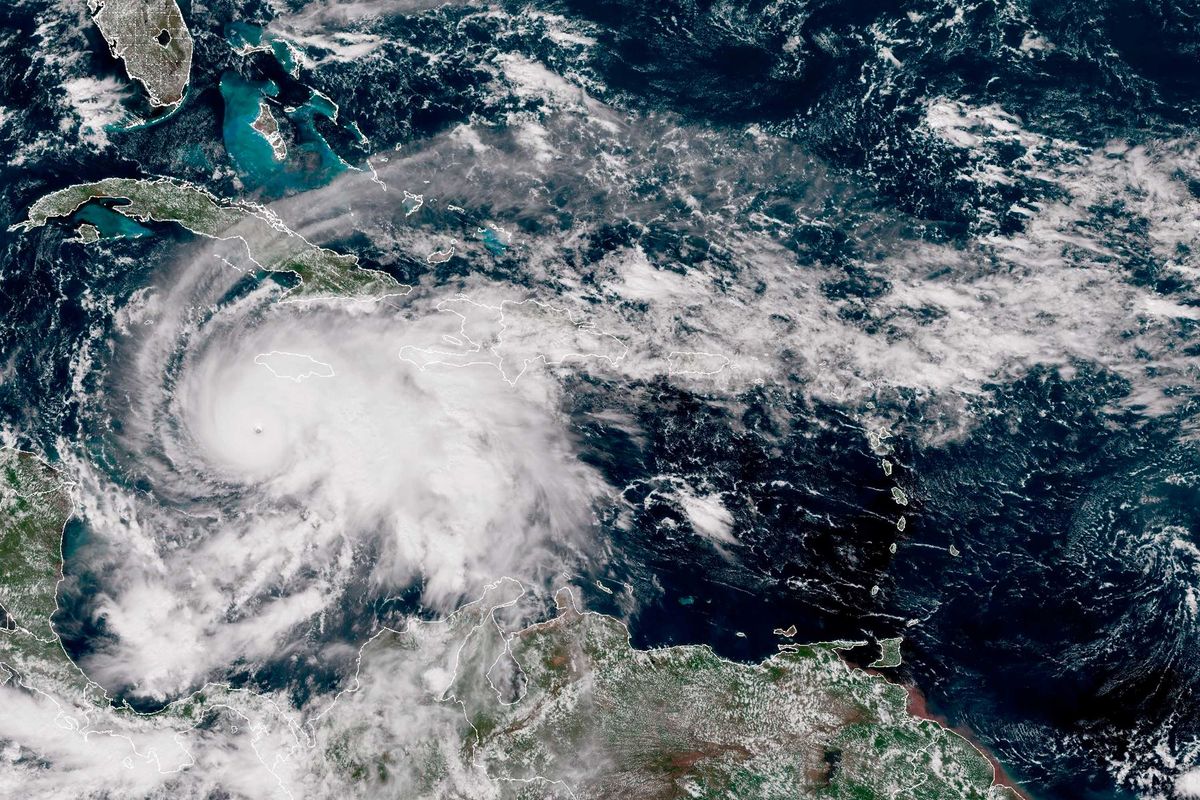
Hurricane Melissa was the strongest storm on record to hit Jamaica, as the extreme weather and heavy rain caused devastating flooding and power outages.
Prime Minister Andrew Holness described how the storm has caused "total devastation" across the country, detailing how "80-90% of roofs were destroyed", including infrastructure such as hospitals and ports.
For context, the 185 mph (295 kph) winds from Hurricane Melissa are higher than Hurricane Katrina in 2005, one of America's worst storms.
It's not just Jamaica that has been impacted, as the hurricane hit Haiti, where 25 people died during flooding in the country.
The hurricane made its way to Cuba in the early hours of Wednesday morning (October 29) as a Category 3 storm and was then downgraded to a Category 2, where more than 735,000 people were evacuated on Tuesday.
Cuban President Miguel Díaz says the hurricane caused “significant” damage to the country.
Now, Hurricane Melissa is expected to hit Bermuda as a Category 1 storm this evening, with winds currently nearing 105 miles per hour (165km/h), according to the National Hurricane Centre.
When is hurricane season in the Caribbean?
Hurricanes in the Caribbean occur between June and November, referred to as the Atlantic hurricane season. During this time, there are often heavy showers and thunderstorms, according to the UK Met Office.
According to the agency, hurricanes tend to pass near Jamaica every 4-5 years, while a direct hit is less likely, around once in 10 years.
In pictures: Jamaica after Hurricane Melissa
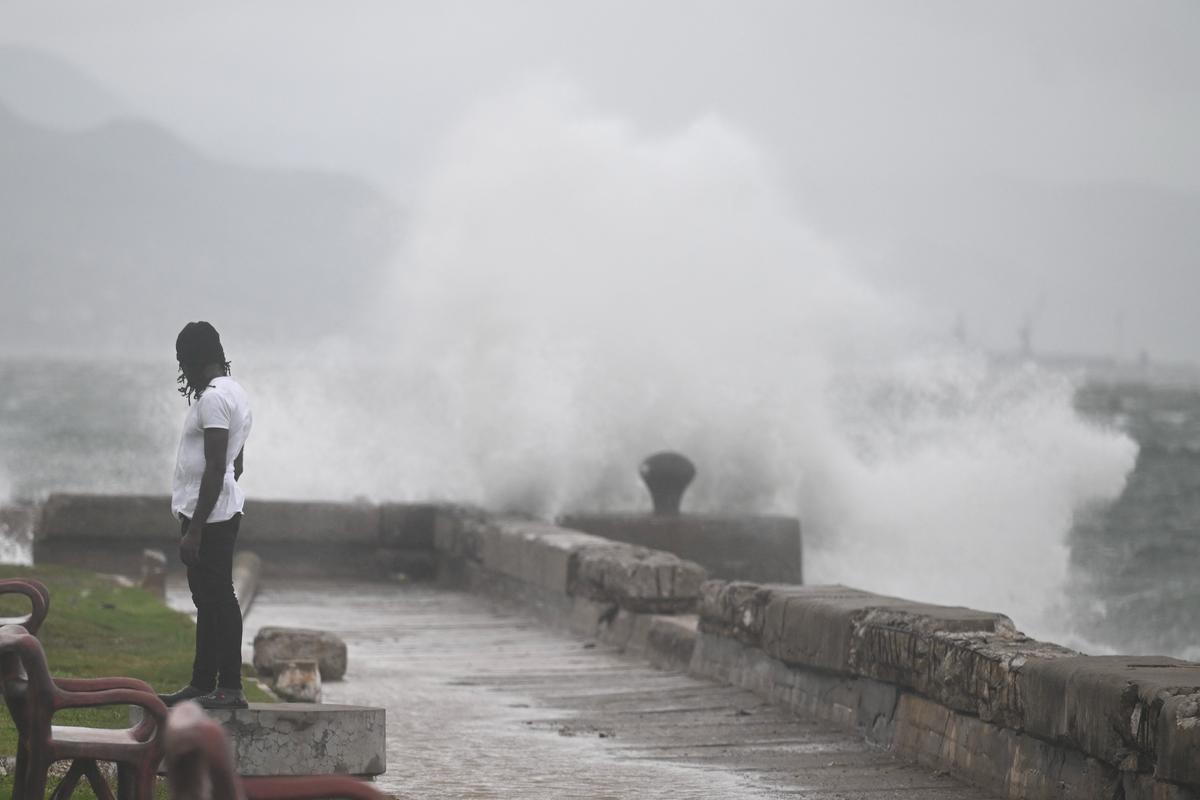
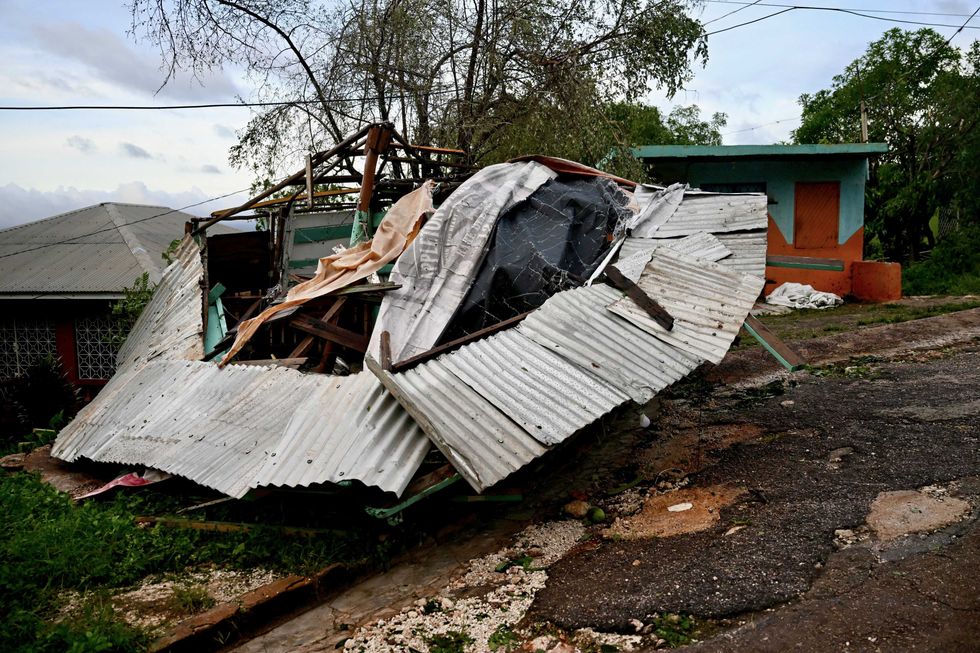
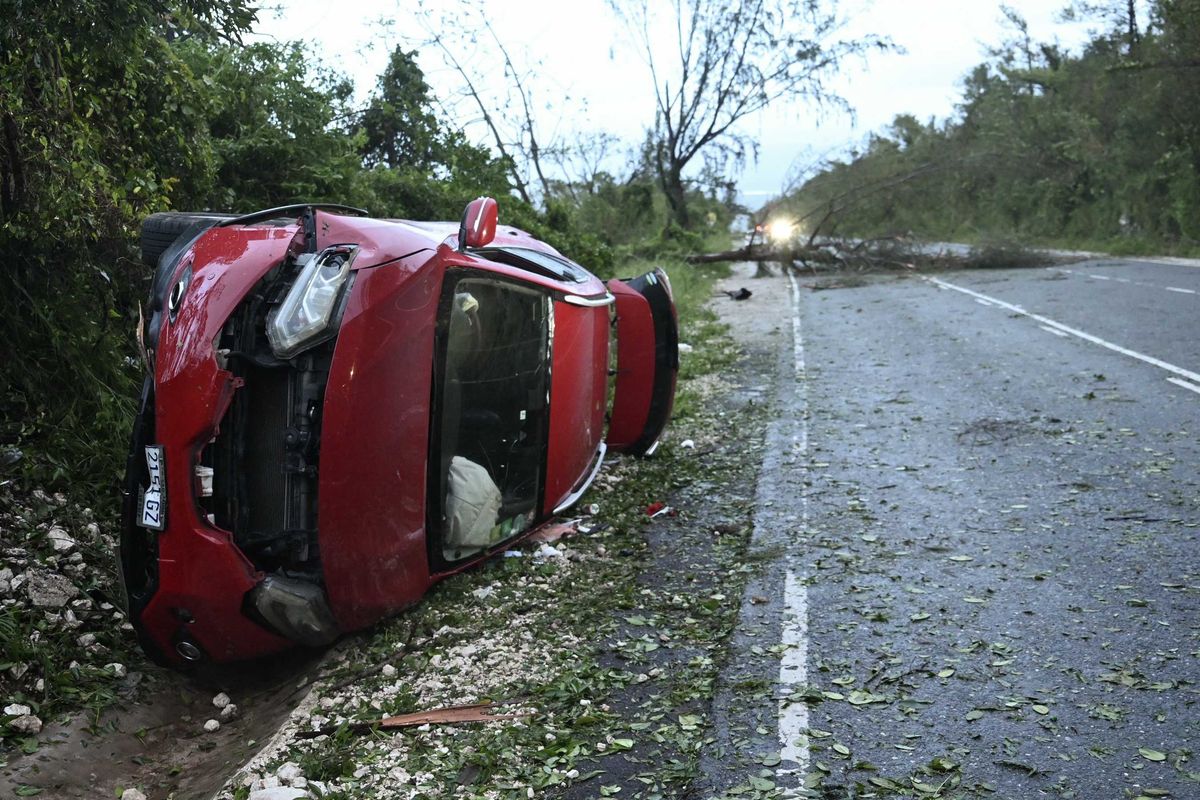
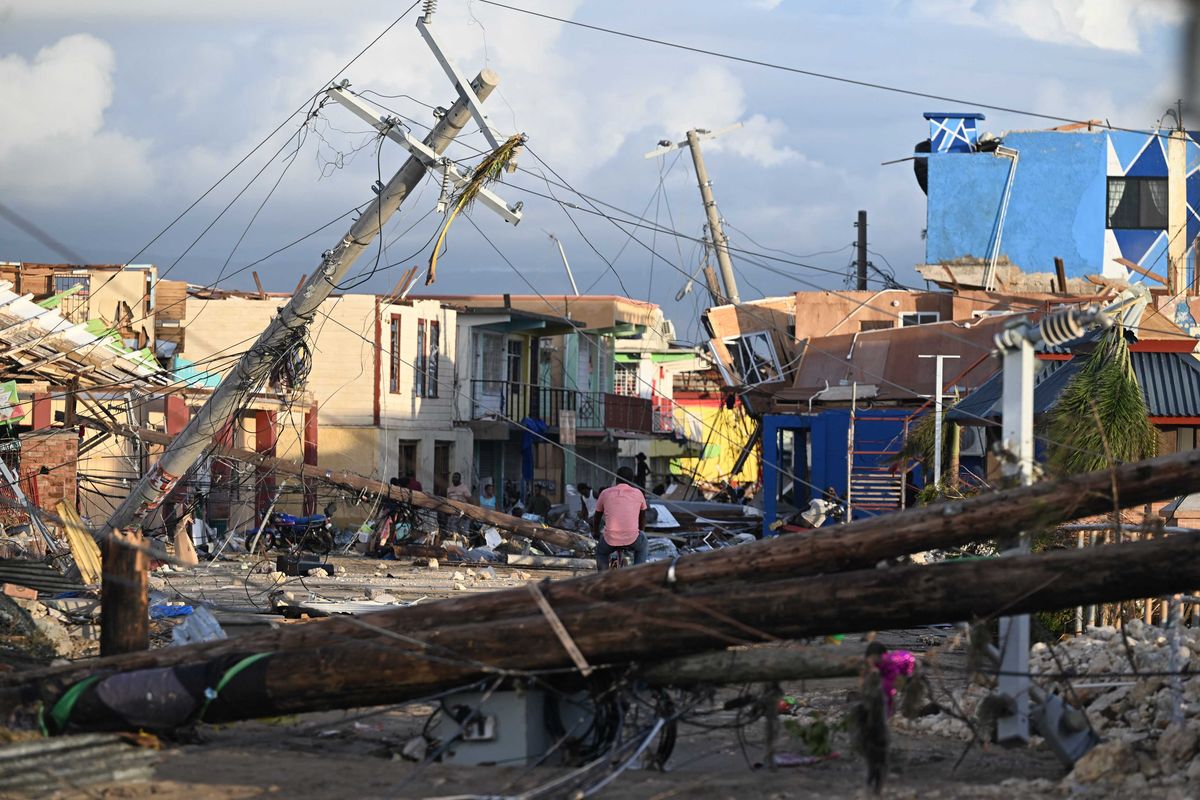
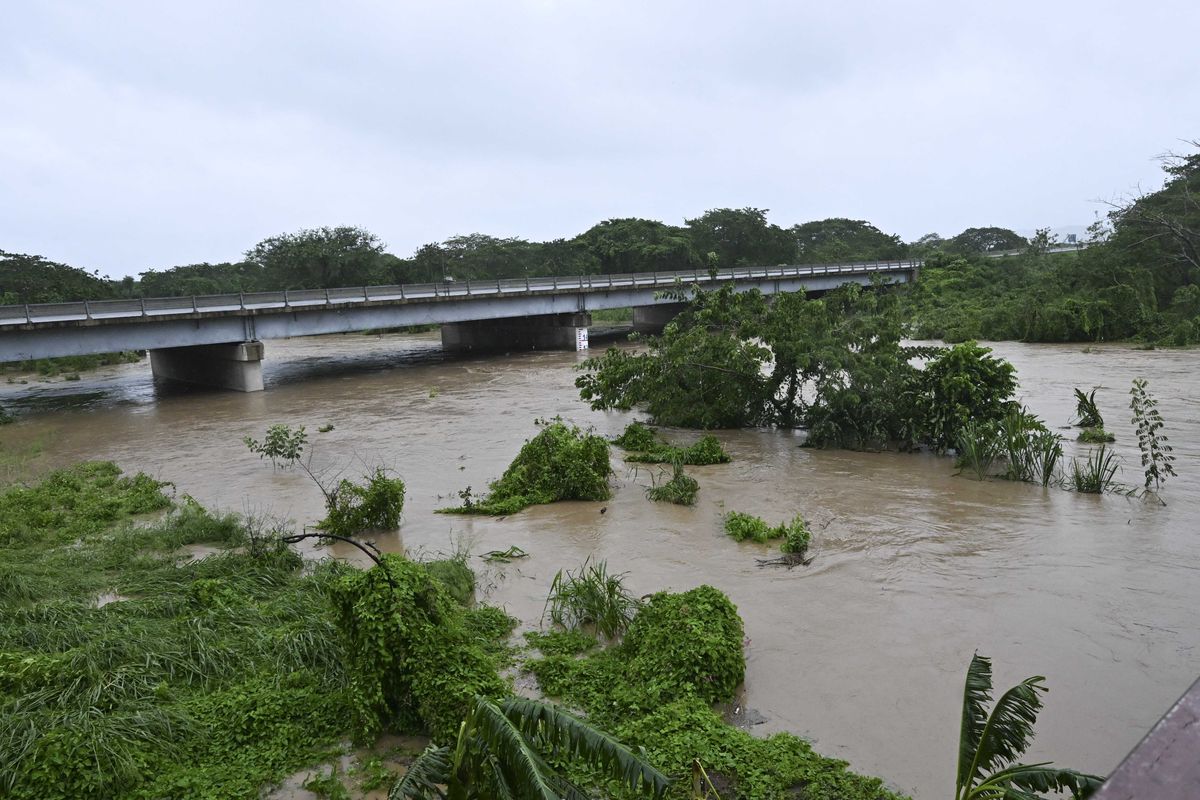
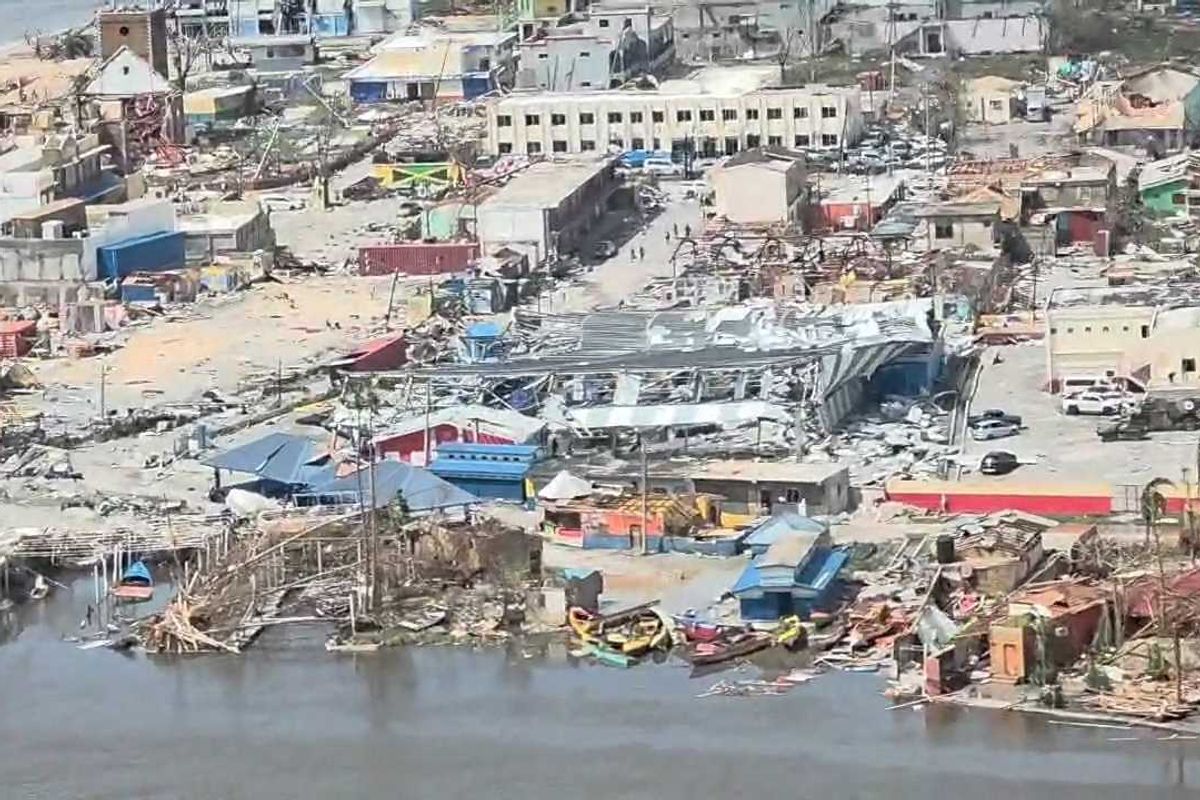
Montego Bay damage

How to donate to those impacted by Hurricane Melissa
- Black Curatorial's GoFundMe: So far, they have raised over £50,000 of their £150,000 goal, where they will use the money raised to "support rebuilding people's homes, lives or food sources and agricultural projects as well as emergency money needed to make a difference."
- UNICEF's emergency appeal: The United Nations Children's Fund has set up a donation page to raise money to protect the children affected by Hurricane Melissa in order to "deliver vital emergency supplies, including clean water, personal hygiene kits, and tents across the region."
- American Friends of Jamaica's disaster relief fund: set up to "provide critical support when natural or humanitarian disasters impact communities across Jamaica."
- British Red Cross appeal: "Teams are on the ground in Jamaica, Haiti, the Dominican Republic, Cuba and the Bahamas helping people to prepare and respond to the emergency."
Elsewhere from Indy100, Terrifying simulation shows potential impact of Hurricane Milton, and TikTokers ignore evacuation warnings to film during Hurricane Milton.
How to join the indy100's free WhatsApp channel
Sign up to our free indy100 weekly newsletter
Have your say in our news democracy. Click the upvote icon at the top of the page to help raise this article through the indy100 rankings.
